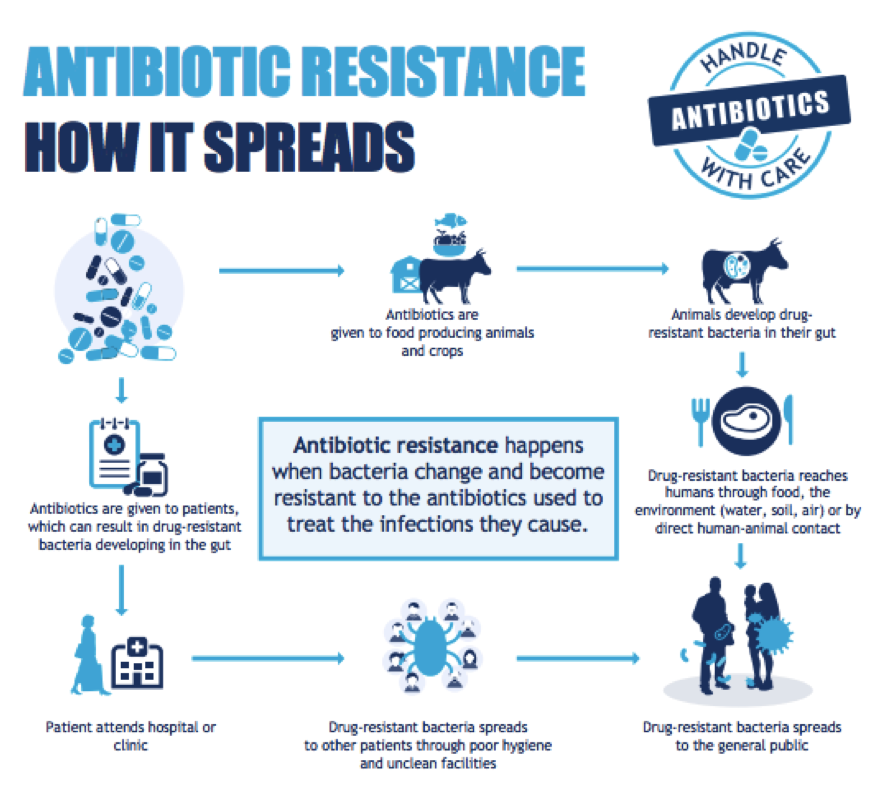“A post-antibiotic era means, in effect, an end to modern medicine as we know it.”
Margaret Chan, Director General of the World Health Organization.
.
One of the greatest threats to global health today, antibiotic resistance causes 700,000 deaths per year by comprising the effective prevention and treatment of an ever increasing range of infections. Allowed to continue unabated, this dangerous phenomenon is expected to cause 10 million deaths per year by 2050 and cost the world $100 trillion in lost economic output.
The risks are clear – a return to the dark ages of medicine where even the most common treatments and infections could potentially become deadly.
News flow in the days following World Antibiotic Awareness Week was very discouraging. The European Centre for Disease Prevention and Control reported that the incidence of highly drug-resistant bacteria is increasing worldwide alongside a decreasing number of functioning antibiotics. The World Health Organization also published a 12-country survey demonstrating how a significant portion of the agriculture and healthcare sectors are ill informed and ill-equipped to deal with rising levels of antibiotic resistance worldwide.
.
Source: World Health Organization (2015)
.
Most concerning of all was the discovery of a brand new form of resistance to one of humankind’s strongest and last-chance antibiotic – colistin. Caused by the pervasive use of antibiotics in agriculture, the resistant gene has been found to easily move among bacteria and is already spreading across borders from China to Malaysia. The resistance has even transferred across bacterial strains and species ranging E. Coli. Klebsiella pneumonia and Pseudomonas aeruginosa.
The study, published in the Lancet Infectious Diseases journal, showed that the new mutation (named the MCR-1 gene) was present across China in:
- 78 (15%) of 523 samples of raw pork and chicken meat
- 166 (21%) of 804 pigs in slaughterhouses
- 16 (1%) of 1,322 samples from hospital patients with infections
An old antibiotic, colistin was first introduced in 1959 but soon disregarded due to its toxicity. Over the following forty years the medical world neglected the antibiotic, allowing the drug to remain effective without any trace of resistance. This turned out to be very fortunate – in 2012 several antibiotic resistant genes (NDN, OXA, KPC) surfaced and spread globally at an alarming rate. These genes made bacteria invulnerable to a group of antibiotics called carbapenems, which were at the time considered medicine’s last line of defense. Colistin was the only antibiotic left to protect against infections and bacteria such as E.Coli, and therefore its use around the world drastically increased.
.
Source: World Health Organization (2015)
.
As colistin is one of the cheaper antibiotics on the market, it is also commonly used as an affordable additive in livestock feed to promote animal growth and protect commercial value. The great majority of antibiotic demand is in fact from the agricultural industry, with 80% of the 150,000 metric tons of antibiotic made each year in the United States used exclusively for livestock. This enables antibiotic resistance to build and spread rapidly between humans, animals, and crops.
We have still yet to see the full effects of our post antibiotic era. While governments can impose stricter legislation to curb the misuse of antibiotics, consumers, suppliers, and producers are beginning to take matters into their own hands by supporting a shift to organically grown foods. By December 2016, it will be illegal to use medically important antibiotics for production purposes and farmers will need authorization from a licensed veterinarian before administering medication for therapeutic uses. McDonalds, Wal-Mart and Costco, some of the world’s largest food suppliers, have all committed to eliminating the sale of chicken and meat raised with antibiotics that are vital to modern medicine.
Alternative additives for livestock feed such as neem are therefore taking center stage. With an ample amount of essential nutrients like protein, calcium, carotene and a host of other minerals required for healthy growth in livestock, neem is a very promising solution to the overuse of antibiotics in agriculture. With the ability to eradicate microbes that cause infections and disease in livestock, neem fights bacteria and alleviates the pressure of rising antibiotic resistance.

